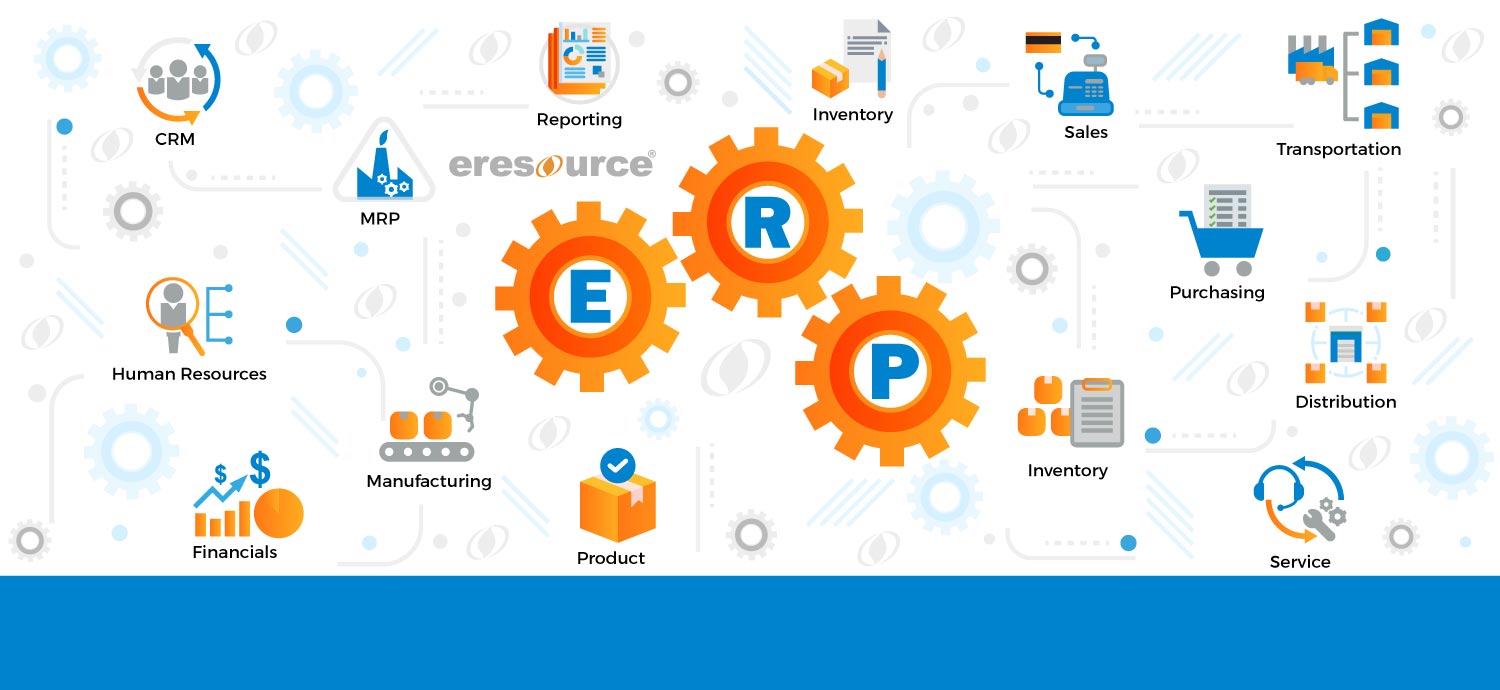ERP systems are software programs used to handle various business processes, such as production scheduling, inventory control, customer relationship management, finances, and human resources. For organisations to run effectively, cut expenses, and maintain their competitiveness, ERP systems have become crucial. However, setting up an ERP system can be a difficult and complicated procedure. We will talk about the ERP implementation procedure in this article.
Define the goals and objectives:
Defining the system’s objectives and goals is the first step in the ERP deployment process. This entails figuring out the features and functions necessary to achieve the changes in the business processes that need to be made.
Select the Appropriate ERP System:
The next step is to select the ideal ERP system that satisfies the needs of the business. It is critical to choose an ERP system that can be adaptable, scaled, and customised to meet the unique requirements of the business.
The Implementation Team should be chosen:
The success of the ERP implementation process depends on choosing the best implementation team. Experts from many departments, including IT, finance, human resources, and operations, should be included on the team.
Create a plan for execution:
Once the team is in place, the implementation should be planned. A timeframe, success indicators, and a thorough breakdown of the tasks that must be accomplished should all be included in the plan.
Configuration and Personalization:
To match the unique demands of the business, the ERP system needs to be set and customised. This entails establishing procedures, configuring modules, and creating unique reports.
Migration of data:
A crucial step is data migration from the legacy system to the new ERP system. Data from the old system must be extracted, cleaned, and validated before being imported into the new system.
Testing:
The ERP system needs to be fully tested after configuration and data migration. To make sure they are functioning as intended, all the modules, workflows, and integrations must be tested.
Training:
It is important l to give end users training so they feel confident utilising the new technology. Each user’s role-appropriate modules should be covered in training.
Also Read – Best ERP Software for Construction in India
Go-Live:
Go-live is the next step after the ERP system has been tested and end users have received training. Migration from the old system to the new system, activation of the new system, and verification that everything is functioning as planned are all part of the go-live process.
Support Following Implementation:
In order to guarantee that the ERP system continues to run efficiently, post-implementation support is essential. It entails keeping an eye on the system, spotting and fixing any problems, and giving end users continual help.
To sum up, putting an ERP system into place is a difficult and complex process that needs careful preparation, implementation, and continuing assistance. Define clear objectives and goals, choose the best ERP system, put together a talented implementation team, plan the implementation, customise and configure the system, migrate data, test the system, train the end users, go live, and offer post-implementation support are all essential steps for a successful ERP implementation.
Categories
Register for Free Demo!
Recent Post
-

eresource ERP 360 - an
11th Apr 2019 -

A competitive ERP system for
17th Apr 2019 -

Auto components manufacturing industry has
17th Apr 2019 -

Make the best use of
17th Apr 2019






